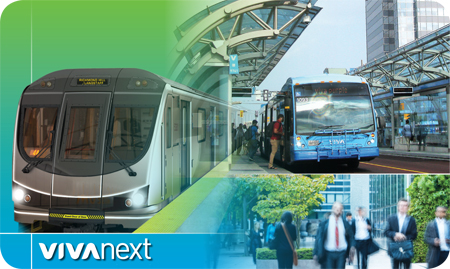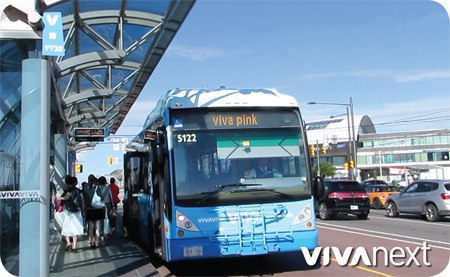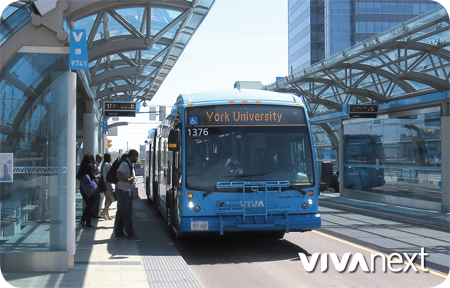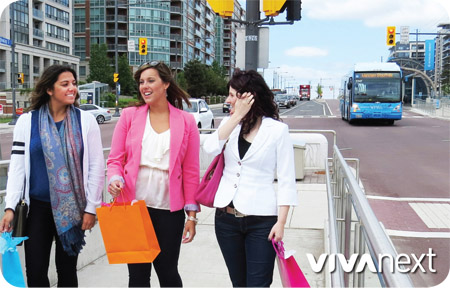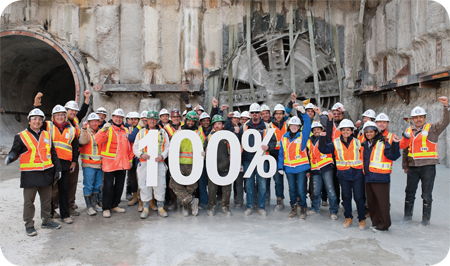At this point in building York Region’s rapid transit system, we can officially say there are projects at every stage. A few rapidway projects and transit facilities are open for service, some are well underway and some are just getting started.
Having projects at different stages can be beneficial. We learn from every project and fine-tune important processes like procurement, financial management and construction scheduling. Special attention is paid to tailoring detailed designs to ensure quality, and scheduling construction to keep impacts to a minimum. Project management is what we do, and to get everything done, we stack the deck with technical knowledge and lots of experience.
Bus Rapid Transit
With 34.6 kilometres of dedicated lanes for Bus Rapid Transit [rapidways] completed or underway we have lots on the go, but there is also much more to do. The remaining half of rapidway projects – 34.2 kilometres – have Environmental Assessments completed and are ready to move forward once funding is in place. This includes completing Highway 7 rapidways in eastern Markham and western Vaughan, and Yonge Street rapidways between Richmond Hill and Newmarket, and north of Davis Drive.
Yonge North Subway Extension
York Region’s highest priority, the Yonge North Subway Extension, is ready to move to full engineering and construction. This 7.4-kilometre extension from Finch subway station to Highway 7 in Richmond Hill will include five stations and will complete a missing link in the GTA transit system. The Yonge Subway Extension has been identified by Metrolinx as a priority project, and the Environmental Assessments and some important studies are complete, so once Provincial funding is confirmed for preliminary engineering this project will be moving forward to this important next step.
As with any great transit system, our projects are in continuous motion. Our experience allows us to think ahead, in planning for each project, and in building a connected transit system for those who live, work or commute in York Region. To help plan the transit system in the GTA, Metrolinx is hosting a series of public meetings in York Region and Toronto in the next five weeks. We’ll be there too, so be sure to drop by our booth.

